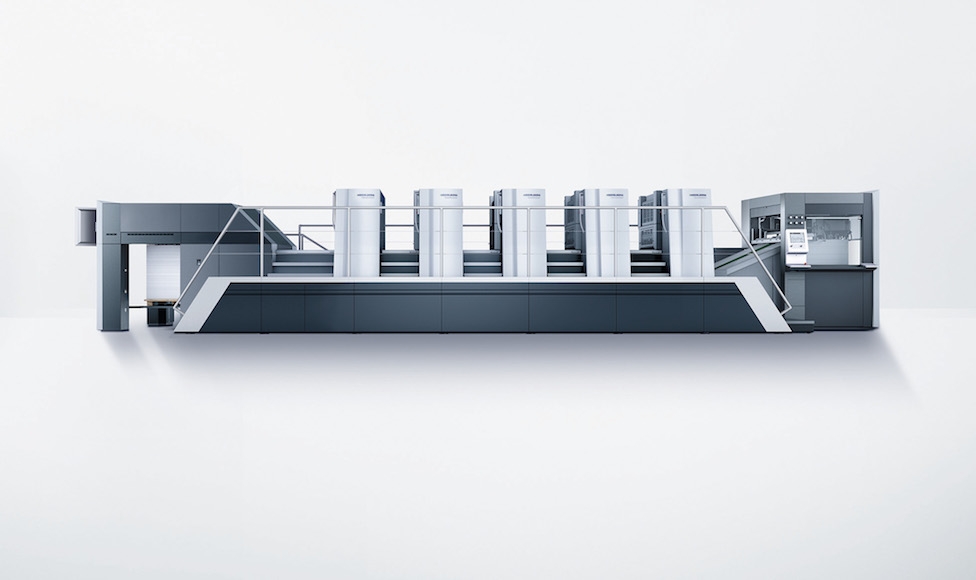
Installations
News
PDI Group adds Heidelberg’s Push to Stop tech
August 26, 2019 By PrintAction Staff

Over the past few years, the PDI Group, described as the largest independent sheetfed print company in Quebec, has grown substantially through new partnerships acquisitions and organically, expanding its business offerings within Quebec and abroad.
CEO Gaetano DiTrapani and President Jamie Barbieri recently decided it was time to “take stock of our sheetfed printing operations and rejuvenate our capabilities within the organization, in order to better serve our customers.” The company’s latest equipment investment is a Heidelberg Speedmaster XL 106-5 with LED Drying technology. Boasting the latest in UV curing technology, this Heidelberg Speedmaster is equipped with a Heidelberg DryStar LED Curing system at the end of the press.
The single lamp DryStar LED system supports the “dry sheet” concept, the company says, explaining the sheets are completely dry coming out of the press for either passing the sheets back through the machine or sending to postpress for further processing.
The alternative method most commonly used today, PDI notes, is an aqueous coating tower to flood the sheet and then cure the sheet with a comprehensive infra-red/hot air knife system that can be costly, less efficient and requires more floor space for the press.
“Our analysis showed that approximately 80 percent of the coating we do is purely to dry the sheet for further processing, not to add effect to the sheet. This was not a cost-efficient way to dry,” Barbieri says.
Additional benefits of the LED curing system are energy efficiency, reduced maintenance and greatly enhanced quality of print on matte, satin and book offset substrates, the company explains.
The XL 106-5 is complete with all the tools for the Heidelberg Push to Stop platform. Total integration with prepress delivers a wealth of “job ticket information” to the Prinect PressCenter XL 2 Console. The console converts the job data to the press autonomously, triggering an automated job change. Once all the sheet size and inking parameters are set, plates are hung automatically with AutoPlate Pro, the press then begins printing. Using the Prinect Inpress Control, an inline colour and register system, sheets reach approval status, allowing Inpress Control to approve the colour based on preset parameters. The “good sheet counter” is turned on and production begins at 18,000 sheets per hour. All this can happen in less than five minutes, Heidelberg explains.
This procedure can take place over and over again as long as there are jobs in the queue and the press operator sees nothing that would tell them to interrupt production: Push to Stop.
A notable feature of the Heidelberg Speedmaster is its energy efficiency. “The environmental footprint of this press is worth talking about” says Gaetano. “Low waste, fast run speeds, LED drying, no AQ coating. It all adds up to a very low carbon footprint per sheet/job.”
In fact PDI has taken this one step further, and the press will feature distinctive CO2 Neutral accreditation. Heidelberg and PDI worked together to generate a carbon footprint for the manufacture of the entire press, and PDI has purchased CO2 credits to balance that manufacturing, they explain.
“Many of our clients are concerned about the environment now and we are listening to them and doing what we can to support their initiatives,” Barbieri adds.
Print this page